Certified Associate in Project Management (CAPM)® Course Outline
Domain 1: Project Management Fundamentals and Core Concepts
Module 1: Project Life Cycles and Processes
- Distinguish Between a Project, a Program, and a Portfolio
- Distinguish Between a Project and an Operations
- Distinguish Between Predictive and Adaptive Approaches
- Distinguish Between Issues, Risks, Assumptions, and Constraints
- Review/Critique Project Scope
- Apply the Project Management Code of Ethics to Scenarios
- How a Project Can Be a Vehicle for Change?
Module 2: Project Management Planning
- Purpose and Importance of Cost, Quality, Risk, and Schedule
- Project Management Plan Vs Product Management Plan
- Differences Between a Milestone and a Task Duration
- Number and Type of Resources in a Project
- Use a Risk Register in a Given Situation
- Use a Stakeholder Register in a Given Situation
- Project Closure and Transitions
Module 3: Project Roles and Responsibilities
- Compare and Contrast the Roles and Responsibilities of Project Managers and Project Sponsors
- Compare and Contrast the Roles and Responsibilities of the Project Team and the Project Sponsor
- Importance of the Role the Project Manager Plays
- Differences Between Leadership and Management
- Emotional Intelligence (EQ) and Its Impact on Project Management
Module 4: Follow and Execute Planned Strategies or Frameworks
- How it is Appropriate to Respond to a Planned Strategy or Framework?
- Project Initiation and Benefit Planning
Module 5: Common Problem-Solving Tools and Techniques
- Evaluate the Effectiveness of a Meeting
- Purpose of Focus Groups, Standup Meetings, and Brainstorming
Domain 2: Predictive and Plan-Based Methodologies
Module 6: Use a Predictive and Plan-Based Approach
- Identify the Suitability of a Predictive and Plan-Based Approach for the Organisational Structure
- Virtual
- Colocation
- Matrix Structure
- Hierarchical
- Activities Within Each Process
- Typical Activities Within Each Process
- Differences Between Various Project Components
Module 7: Project Management Plan Schedule
- Apply Critical Path Methods
- Calculate Schedule Variance
- Work Breakdown Structures (WBS)
- Work Packages
- Apply a Quality Management Plan
- Apply an Integration Management Plan
Module 8: How to Document Project Controls of Predictive, Plan-based Projects?
- Identify Artefacts that are used in Predictive and Plan-Based Projects
- Calculate Cost and Schedule Variances
Domain 3: Agile Frameworks/Methodologies
Module 9: Use Adaptive Approach
- Compare the Pros and Cons of Adaptive and Predictive and Plan-Based Projects
- Identify the Suitability of Adaptive Approaches for the Organisational Structure
- Organisational Process Assets and Enterprise Environmental Factors that Facilitate the Use of Adaptive Approaches
Module 10: How to Plan Project Iterations?
- Logical Units of Iterations
- Interpret the Pros and Cons of the Iteration
- Translate WBS to an Adaptive Iteration
- Determine Inputs for Scope
- Importance of Adaptive Project Tracking Vs Predictive, Plan-Based Tracking
Module 11: How to Document Project Controls for An Adaptive Project?
- Identify Artefacts that are Used in Adaptive Projects
Module 12: Explain the components of an adaptive plan
- Distinguish Between the Components of Different Adaptive Methodologies
- Scrum
- Extreme Programming (XP)
- Scaled Adaptive Framework (SAFe®)
- Kanban
Module 13: How to Prepare and Execute Task Management Steps?
- Interpret Success Criteria of an Adaptive Project Management Task
- Prioritise Tasks in Adaptive Project Management
Domain 4: Business Analysis Frameworks
Module 14: Business Analysis (BA) Roles and Responsibilities
- Distinguish Between Stakeholder Roles
- Process Owner
- Process Manager
- Product Manager
- Product Owner
- Why Do You Need to Identify Stakeholders in the First Place?
- Difference Between Internal and External Roles
Module 15: How to Conduct Stakeholder Communication?
- Communication Channel/Tool
- Why Communication is Important for a Business Analyst Between Various Teams?
Module 16: How to Gather Requirements?
- Identify the Requirements Gathering Approach for a Situation
- Requirements Traceability Matrix/Product Backlog
Module 17: Product Roadmaps
- Application of a Product Roadmap
- Which Components Go to Which Releases?
Module 18: How Project Methodologies Influence Business Analysis Processes?
- Role of a Business Analyst in Adaptive and Predictive Plan-Based Approaches
Module 19: Validate Requirements Through Product Delivery
- Acceptance Criteria
- Determine If a Project/Product is Ready for Delivery Based on a Requirements Traceability Matrix/Product Backlog








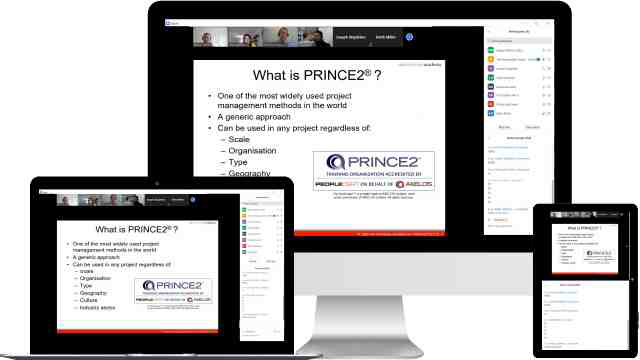
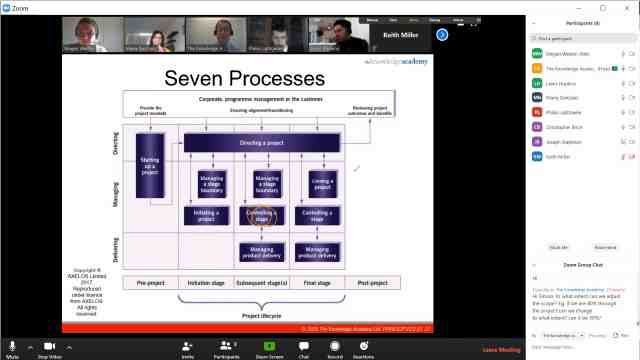
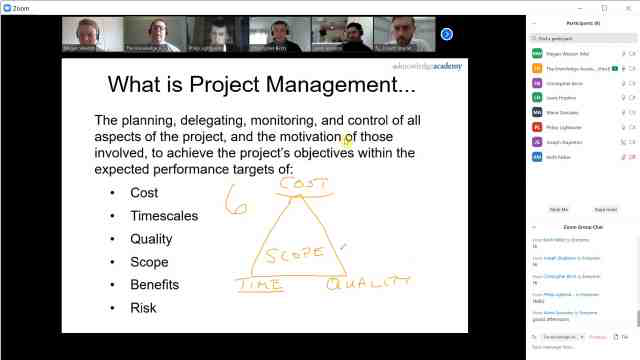
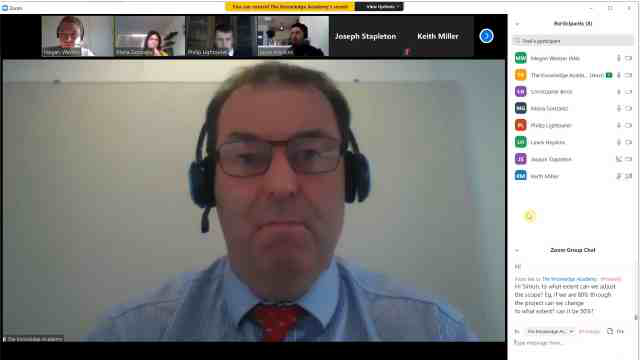
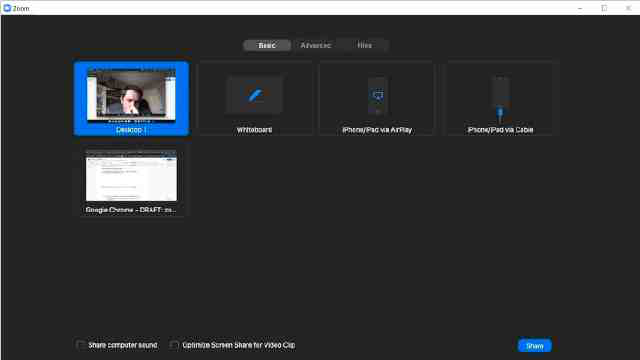





























 Back to course information
Back to course information




 If you wish to make any changes to your course, please
If you wish to make any changes to your course, please

